Mount Fuji is the highest and the most famous mountain in Japan. This legendary mountain is more than ‘just a mountain’. It is a tall, conical shaped, active volcano!! The volcano last erupted almost 300 years ago, in 1707. Mount Fuji itself was created by explosive eruptions thousands of years ago.
According to one of the most popular theory, it is named after the Buddhist goddess of fire – Fuchi. Some Japanese say that Fuji came from (not + two), meaning without equal or nonpareil. Mount Fuji has been a sacred site for practicers of Shinto since at least the 7th century. Shinto is the indigenous faith or spirituality of Japan. The name for them means “everlasting life.” There are many Shinto temples and shrines surrounding the mountain.
The mountain is located in Honshu – Japan’s largest island and is just about 100 Kms away from the capital city of Japan – Tokyo. In fact, if you were present in Tokyo on a clear day, you would easily spot the mountain! Mt. Fuji is surrounded by five beautiful lakes – Lake Kawaguchiko, Lake Yamanakako, Lake Saiko, Lake Motosuko and Lake Shojiko. All of the lakes give a wonderful view of the mountain.

The exceptionally symmetrical cone of Mt. Fuji is snow capped all throughout the year. Its beauty has enchanted artists and photographers for years. It is one of Japan’s “Three Holy Mountains” along with Mount Tate and Mount Haku.
In the “land of the rising sun” , the sunrise from Mount Fuji has a special name – Goraiko.
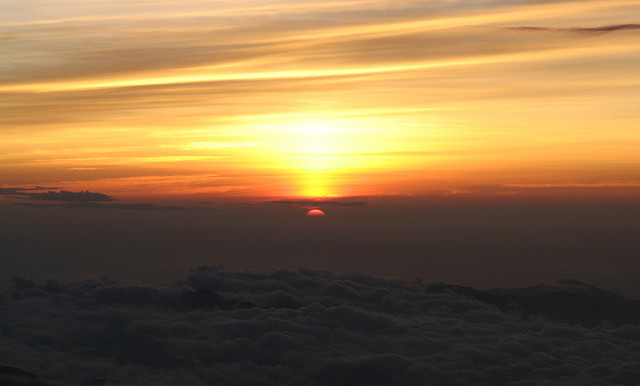
Most trekkers plan the trek to catch the sunrise. As many as 200,000 people climb Mount Fuji every year. But climbing it is no easy job. The temperatures at the summit are very low. The lowest recorded temperature is −38.0 °C !! Also, it is difficult to breathe due to lack of oxygen.
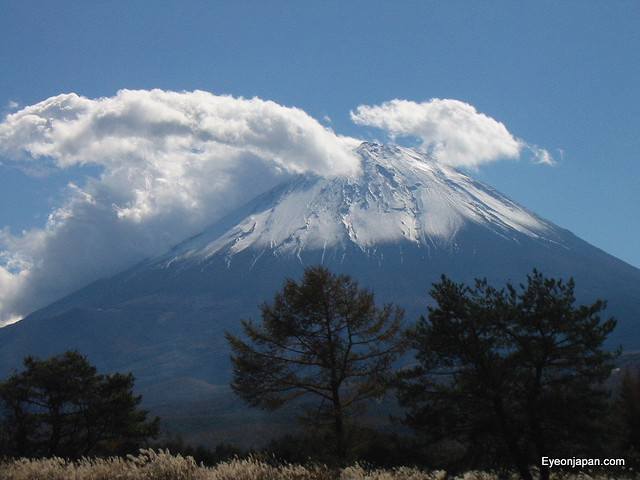
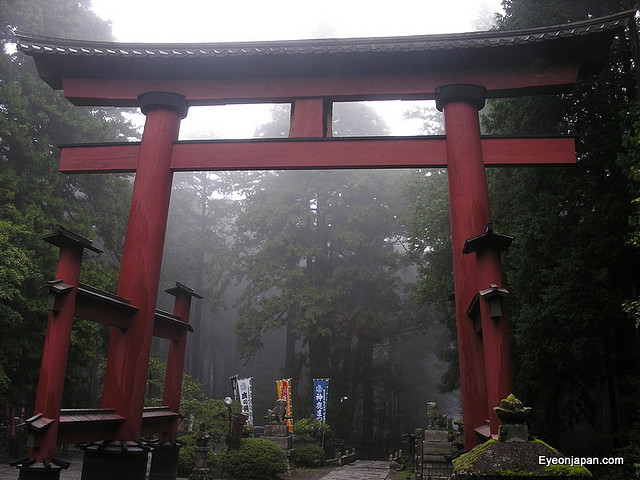
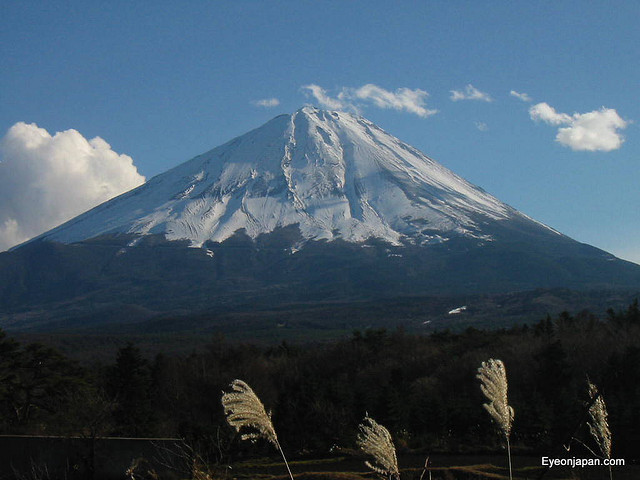

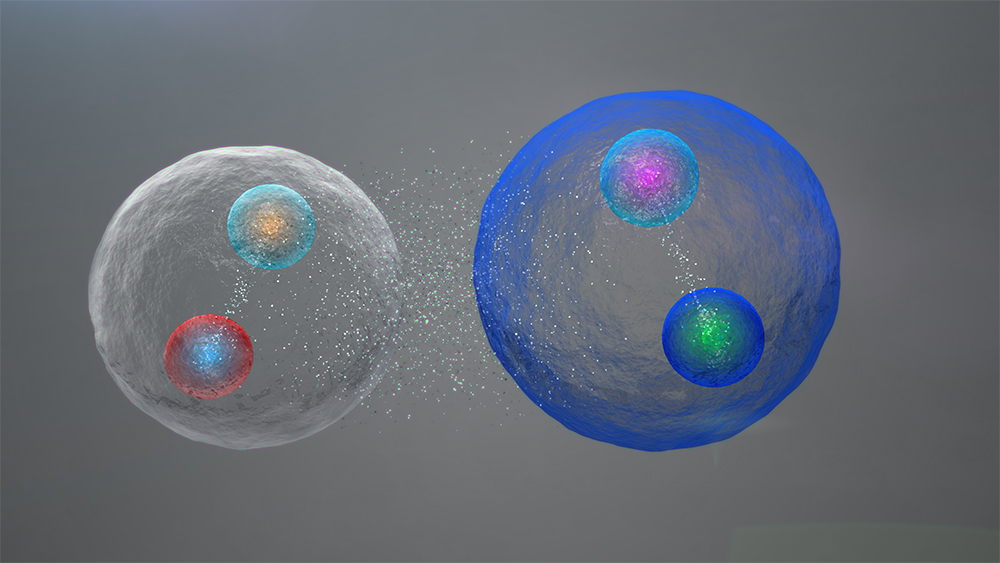


Leave a Reply